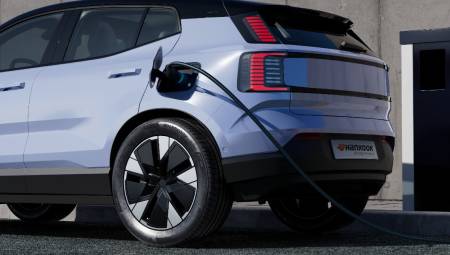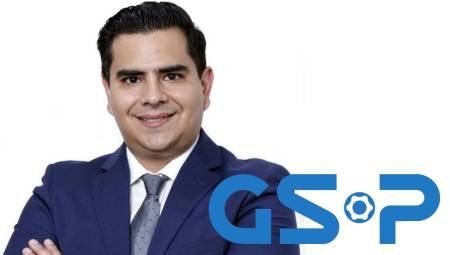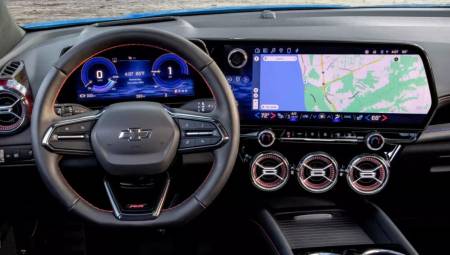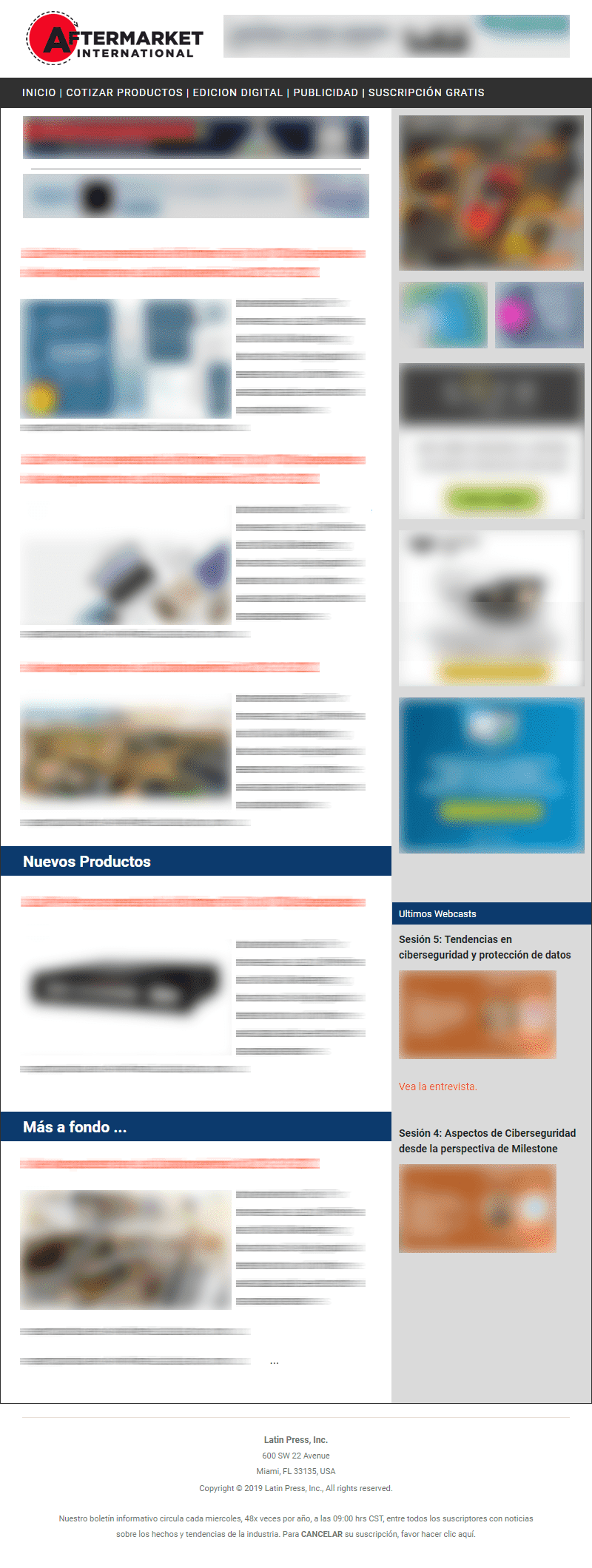International. French automaker Renault expects stable profits and is betting on partnerships to reduce costs in electric vehicles.
Renault anticipates a stable 2025 in its profits as it adjusts its strategy to deal with the slowdown in demand for electric vehicles in Europe. The company is targeting an operating margin of at least 7% this year, slightly below the 7.6% recorded in 2024, it reported on Thursday.
As part of its strengthening plan, Renault increased its proposed dividend by 20% to $2.30 per share. In addition, it hopes to launch new models, including the electric R4, with the aim of attracting customers in an increasingly competitive market.
Partnerships and expansion in China
Renault CEO Luca de Meo is committed to reducing costs in the production of electric vehicles through strategic partnerships and engineering development in China. The strategy has allowed the French automaker to dodge a profit forecast cut that hit several European automakers last year, including Porsche and Volkswagen, due to weaker demand in Germany, France and Italy.
Renault's new operating margin target already sees a negative impact of one percentage point — about $523 million to $575 million — from new European Union emissions regulations. Unlike some competitors, the company ruled out grouping with other automakers to comply with these regulations and assured that it has already achieved it in 2024.
Faced with low demand for electric cars, Renault has opted for hybrids through its Horse Powertrain company, in partnership with Zhejiang Geely Holding Group Co. and Saudi Aramco. Its compact R5 E-Tech model has generated interest from dealers and boosted the sale of other R5 vehicles, according to CFO Thierry Pieton. The automaker plans to launch seven new models this year.
Renault maintains its intention to sell its 36% stake in Nissan Motor Co., a key process to strengthen its financial position. Meanwhile, Nissan has ruled out a partnership with Honda Motor Co. and is continuing its own restructuring.
The French company projects free cash flow of at least $2.093 billion in 2025, down from $3.034 billion in 2024. Despite the challenges, its shares are up 40% in the last 12 months.















